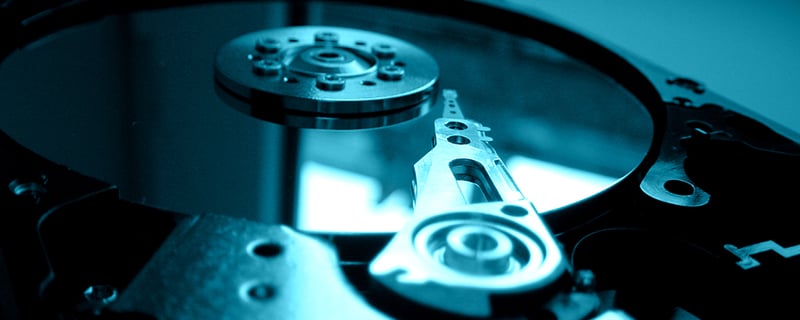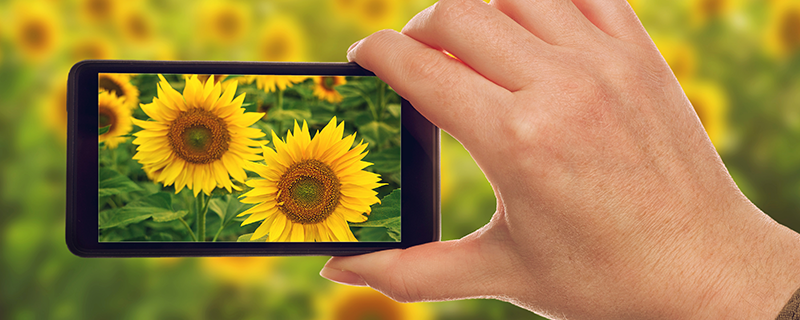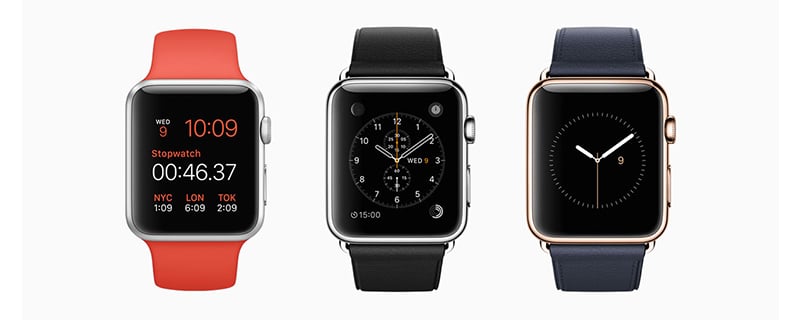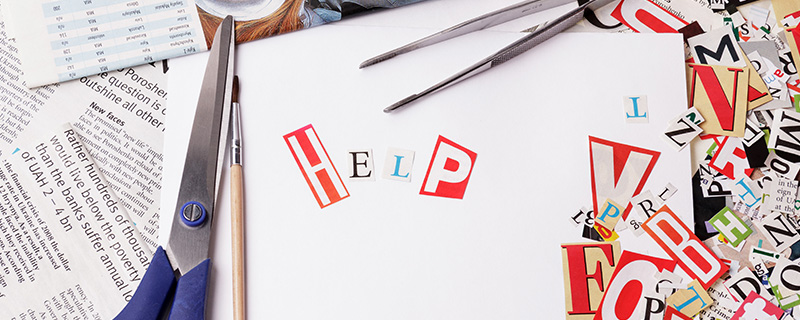Did you get a bigger hard drive for your computer? Or maybe you want to create a complete back-up of your hard drive.
In either case, to clone your hard drive would be the best solution for you. Cloning your hard drive is making an exact copy of your hard drive.
Let’s have a closer look at how you can do this.
When you have bought a newer, larger hard drive for your PC, you’ll have to reinstall Windows and after that you’ll have to copy all your programs, documents and files. This will easily take you a few hours (or longer). It is a lot easier and faster to make a clone of your hard drive and transfer the clone to your new drive.
Buying A New Hard Drive
You will need a new hard drive with at least enough capacity to fit everything which is on your current hard drive. Make sure that the interface is the same, so the disk will fit in your computer: SATA for modern computers or IDE (ATA) for older ones. A laptop needs a 2,5”- model, otherwise a bigger 3,5”-model will be right.
You don’t know exactly what you have? Look at the website of your computer manufacturer or use a tool like Sisoft Sandra to figure it out.
Tip: You can also buy a SSD or solid state drive. Those are a lot faster, but also more expensive. You can clone a normal hard drive perfectly to a SSD. 
Connecting Hard Drives
When you have a desktop-pc, you can easily connect more than one hard drive at the same time. For a laptop things are a bit different because most laptops accommodate only one disk.
You can solve this by buying an HDD docking station (€ 30 to € 50). This is a small device in which you can insert one or multiple hard drives. You simply connect this device to your computer with a cable. This is possible with a USB or eSATA cable.
USB is only possible when your pc supports USB 3.0, otherwise copying will take ages. If your computer has an eSATA-port (more and more laptops have this), then use this port because it will be a lot faster.
Most docking stations accept as well 2,5” as 3,5” hard drives.
Tip: Don’t forget to check when you buy a docking station which hard drives fit (IDE or SATA) and which ports are available. After cloning you will build in the new drive in your laptop as usual.
Clone Your Hard Drive
A fine tool to clone your hard drive is the free DriveImage XML.
After installation you click on Drive to Drive. Choose your current hard drive and click on Next. Then choose your new hard drive.
Usually DriveImageXML will restart the computer and execute the copying in DOS-modus. Dependent on the size of your hard drive and the speed of the interface, this can take 10 minutes up to several hours. Don’t use your computer during this time.
Finished? Exchange the hard drives and restart the computer – you can get going immediately.
An even more user friendly and free alternative is EaseUS Disk Copy Home Edition. You can clone complete hard drives as well as partitions with it.
CloneZilla offers even more possibilities, a so called live CD which requires you to put the copy on CD or USB-stick first. You do need to have some knowledge of file systems and partitions.
TrueImage Home is also a very handy tool, but it costs about € 60 (there’s a 30 day trial version).
Tip: Use your “old” disk , if it’s still ok, as a back-up disk in your desktop or for laptop through a HDD docking station.
Happy cloning!
Please leave a comment.






JohnM
on 22 May 2013Rebekka Deforce
on 22 May 2013